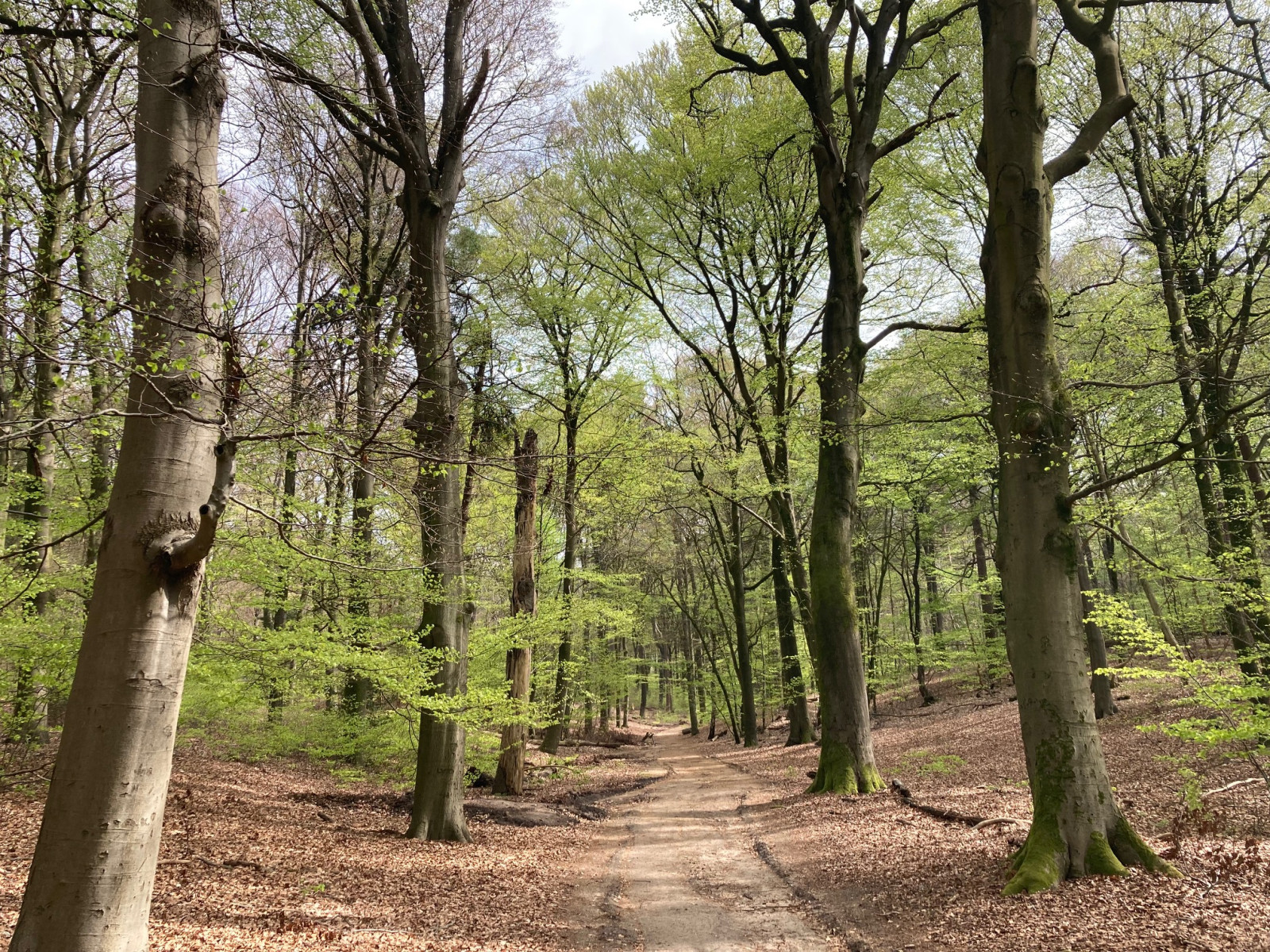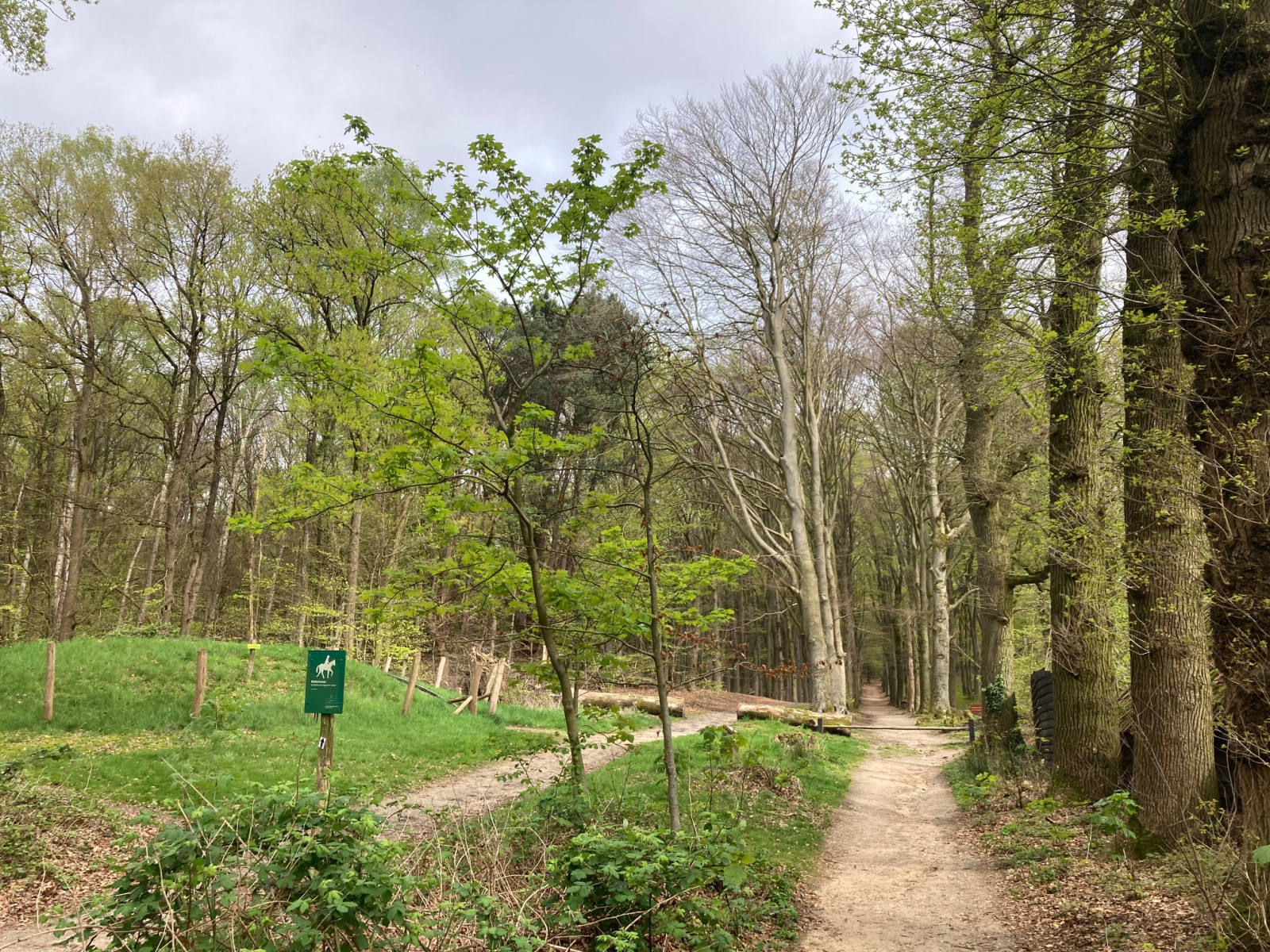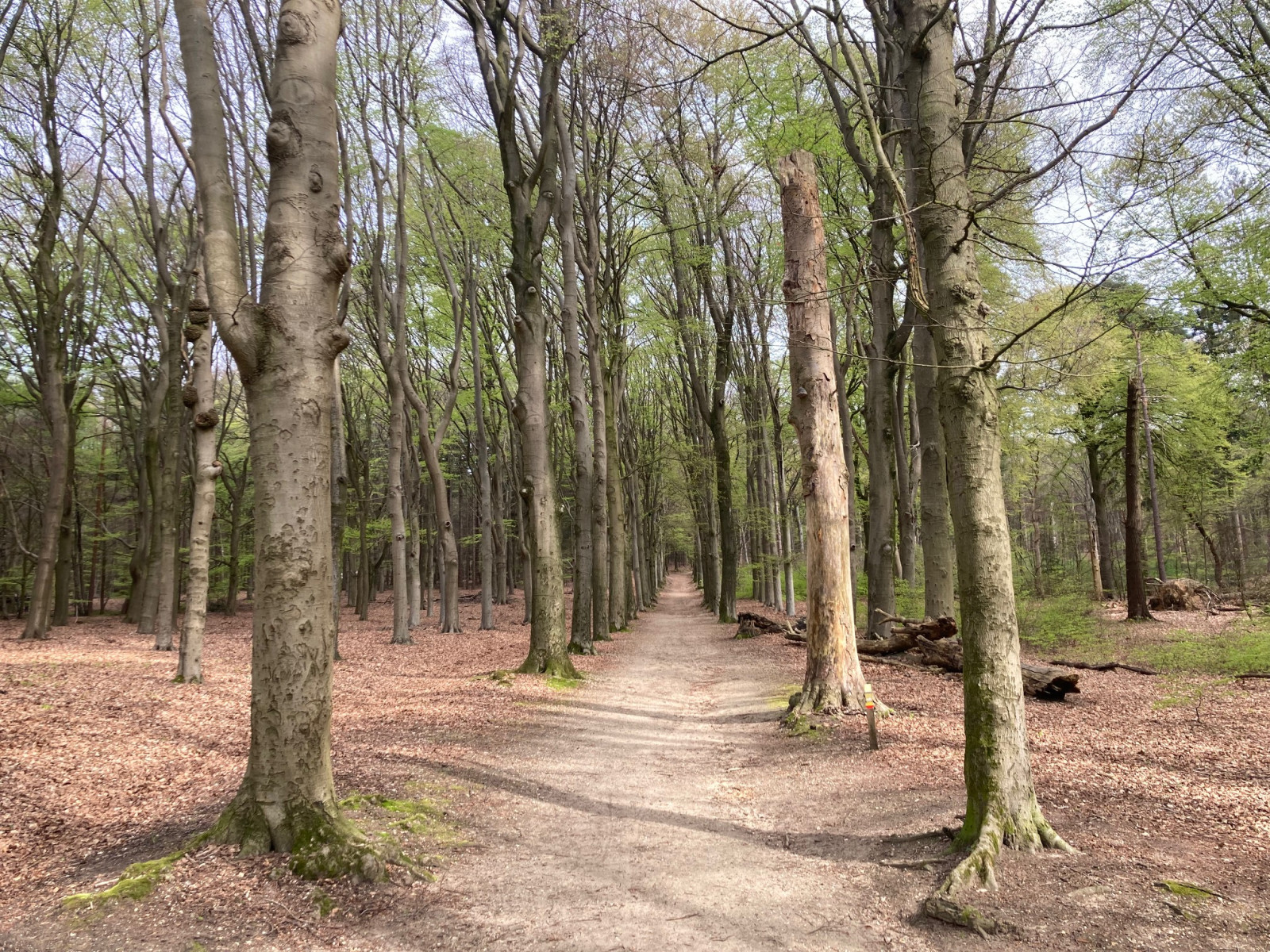Description
The Amerongse Berg is part of the larger "Utrechtse Heuvelrug" National Park; a large ridge of low sandhills that has been formed during the last Ice Age. The area is mostly covered in forests (mainly oak) and several larger areas covered with heather and sand dunes. The area has a very high biodiversity and many species of bird can be found here.
The forests are home to many songbird and woodpecker species, like Crested Tit, Coal Tit, Common Redstart and Black Woodpecker. The open clearings in the forest are great for Tree Pipit and Wood Lark. Common Raven can often be seen flying overhead or heard on the background. In winter, the forests are great for species such as Common Crossbill, Eurasian Siskin and Lesser Redpoll.
The large, old trees provide a great habitat for Tawny Owl. The forests are also home to raptors, like Eurasian Goshawk and Sparrowhawk.
Towards the northern part of the Amerongse Berg, the Egelmeer lake is located. The lake is surrounded by an open landscape with scattered trees and bushes. In winter, this area is great for Great Grey Shrike. The lake provides a great spot for Little Grebe and Common Teal and the scattered bushes are good for European Stonechat.
_________________________
Nederlands: De Amerongse Berg is onderdeel deel van Nationaal Park Utrechtse Heuvelrug; een grote bergkam van lage zandheuvels die tijdens de laatste ijstijd is gevormd. Het gebied is grotendeels bedekt met bossen (voornamelijk eiken) en een aantal grotere gebieden is bedekt met heide en zandduinen. Het gebied heeft een zeer hoge biodiversiteit en er zijn veel vogelsoorten te vinden.
In de bossen leven veel soorten zangvogels en spechten, zoals Crested Tit, Coal Tit, Common Redstart en Black Woodpecker. De open plekken in het bos zijn uitstekend voor Tree Pipit en Wood Lark. Common Raven is vaak boven je hoofd te zien of op de achtergrond te horen. In de winter zijn de bossen goed voor soorten als Common Crossbill, Eurasian Siskin en Lesser Redpoll.
De grote, oude bomen vormen een geschikte leefomgeving voor Tawny Owl. De bossen zijn ook de thuisbasis van roofvogels, zoals Eurasian Goshawk en Sparrowhawk.
Richting het noordelijke deel van de Amerongse Berg ligt het Egelmeer. Het meer is omgeven door een open landschap met verspreide bomen en struiken. In de winter is dit gebied geweldig voor Great Grey Shrike. Het meer is goed voor Little Grebe en Common Teal en de verspreide struiken zijn goed voor European Stonechat.
Details
Access
The Amerongse Berg is located between the towns of Amerongen and Veenendaal. The area is easily accessible and there is a restaurant and a parking lot at the start of the walk. Click on a P on the map for directions to the parking lot. There are numerous opportunities for walks, so the 7.5 km route shown on the map is just one of them. The paths are largely unpaved.
_________________________
Nederlands: De Amerongse Berg ligt tussen Amerongen en Veenendaal. Het gebied is prima bereikbaar en aan het begin van de wandeling is een restaurant en een parkeerplaats aanwezig. Klik op een P in de kaart voor een routebeschrijving naar de parkeerplaats. Er zijn talloze mogelijkheden voor wandelingen, dus de route van 7,5 km die op de kaart staat is er slechts één van. Er starten bij de parkeerplaats diverse bewegwijzerde routes, bijvoorbeeld de met geel gemarkeerde Leemkuilroute van 7 km. De paden zijn grotendeels onverhard.



